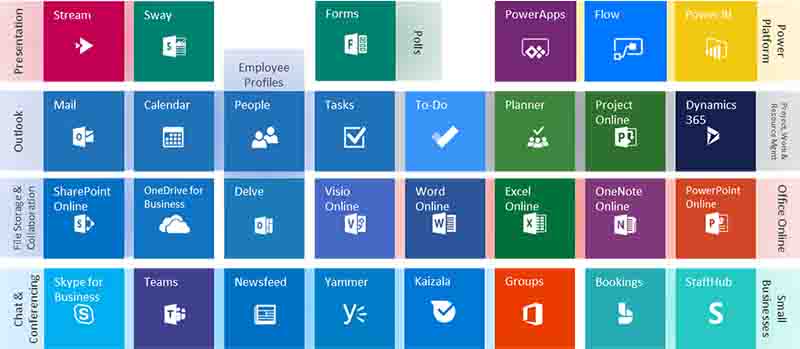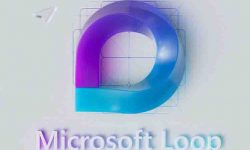In today’s digital landscape, cybersecurity is more critical than ever. Organizations face a constant barrage of threats, from sophisticated cyber attacks to simple human error. Microsoft Secure Score is a vital tool designed to help you understand your security posture and take actionable steps to protect your data and infrastructure. But why exactly does your Microsoft Secure Score matter, and how can you improve it? Let’s dive in.
Why Your Microsoft Secure Score Matters
🟩Holistic Security Overview:
The Microsoft Secure Score provides a comprehensive overview of your organization's security posture. It assesses your security based on your Microsoft 365 settings and activities, offering a clear picture of where you stand and highlighting areas that need improvement.
🟩Actionable Insights:
Secure Score doesn’t just show you where your security is lacking; it offers specific recommendations and actionable insights to improve your score. This can help you prioritize your security efforts and ensure that you are addressing the most critical vulnerabilities first.
🟩Continuous Improvement:
Security is not a one-time task but a continuous process. Microsoft Secure Score allows you to track your progress over time, ensuring that your security measures evolve with the changing threat landscape. Regularly monitoring and improving your Secure Score can significantly reduce your risk of breaches and attacks.
🟩Benchmarking:
Microsoft Secure Score enables you to benchmark your security posture against other organizations of similar size and industry. This can provide valuable context for your security efforts and help you understand how you compare to your peers.
8 Ways to Improve Your Microsoft Secure Score
1.Enable Multi-Factor Authentication (MFA)
One of the simplest and most effective ways to enhance your security is by enabling MFA. This adds an extra layer of protection by requiring users to verify their identity using multiple methods.
2.Regularly Review and Update Security Policies
Ensure that your security policies are up-to-date and reflect the current threat landscape. Regular reviews and updates can help you identify and mitigate new risks as they emerge.
3.Implement Conditional Access Policies
Conditional Access allows you to set specific conditions under which users can access your resources. For example, you can require MFA for users accessing sensitive data from untrusted locations.
4.Secure Mobile Devices
With the rise of remote work, securing mobile devices is crucial. Use Mobile Device Management (MDM) solutions to enforce security policies and ensure that all devices accessing your network are compliant.
5.Educate and Train Your Employees
Human error is a significant risk factor in cybersecurity. Regular training and awareness programs can help employees recognize and avoid common threats like phishing attacks.
6.Regularly Audit User Access
Periodically review user access permissions to ensure that only authorized personnel have access to sensitive data. Remove access for users who no longer need it and ensure that least privilege principles are followed.
7.Use Advanced Threat Protection (ATP)
Advanced Threat Protection tools can help detect and respond to sophisticated cyber threats. Implementing ATP solutions can enhance your ability to prevent, detect, and respond to attacks.
8.Backup and Recovery
Ensure that you have robust backup and recovery processes in place. Regularly test your backups to make sure you can quickly recover from data loss incidents.
Conclusion
Your Microsoft Secure Score is more than just a number; it’s a critical measure of your organization’s security health. By understanding its importance and taking steps to improve it, you can significantly enhance your security posture and protect your valuable data and assets. Implementing the strategies outlined above can help you not only improve your Secure Score but also build a more resilient and secure digital environment for your organization.









